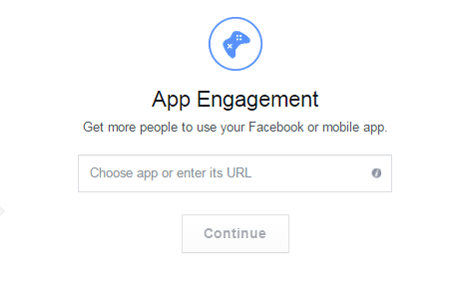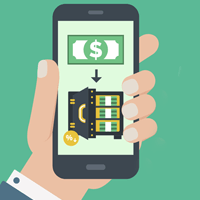5 Tips to Convert Mobile App Installs into Revenue-Producing Users

By Dennis Mink, VP Marketing at Liftoff
Mobile marketers spend a lot of time and money trying to get people to install and use their apps. However, a vast majority of app installs do not convert into high-value users.
In fact, most people don't even keep the app on their phones - about 85 percent of people stop using an app or delete it entirely within the first 30 days.
To succeed in today's hyper competitive app marketing environment, marketers need to take a fresh look at their approach to mobile user acquisition. Here are our top five tips for improving your app install campaigns and converting more installs into active, revenue-producing users:
1. Target lookalike audiences
In the early days of app marketing, marketers tended to go for the classic "spray-and-pray" approach, focused on acquiring a large quantity of app installs over quality. In today's app market, consumers are inundated with choices. They have little patience for apps that don't provide value or are difficult to use.
Marketers are best off targeting users that have the highest chance of becoming active customers. Looking at internal and external data can help you build profiles of your most active users. What age groups take the most meaningful actions? Are men or women more likely to convert? What behavioral benchmarks indicate a valuable customer?

2. Always be testing
A download is just the beginning, not the end, of the engagement process. Once a user has downloaded an app, focus on how to optimize their post-installation activities.
A good strategy is to work backward. Do you want them to book a hotel room? Buy a pair of shes? Subscribe to a paid service? What are the steps along the way that lead to those events? Where are the bottlenecks? What des it take to take a user from one stage to the next? You should "always be testing," as well as experimenting with new concepts, messages, images, etc., to find out what works best to convert more of your users.
3. Retarget
Engaging your users is an ongoing effort, so look for ways to regularly re-engage them in your app. For example, if they are using your app to browse for hotel rooms but have not yet made booking, this is an opportunity to reach out with a retargeting ad to keep your app top of mind. If you are a taxi-hailing app, then why not deliver ads in an app where people book concert tickets? Chances are they will need a ride to and from the show.
4. Drive repeat usage via multiple touchpoints
Outside of the app ecosystem, social networks offer a strong channel for reminding your users why your app is great. A Facebook ad about your service can remind them that they have your app on their phone.

Or if they are pinning home improvement content, what better time for a sponsored pin to appear on their Pinterest feed about your furniture ecommerce business? In addition, push notifications and emails can also serve as useful touchpoints. Don't be afraid to leverage all the channels at your disposal, because every customer is different, and some channels will be more effective than others.
5. Measure cost-per-action
The mobile marketing world is (thankfully) moving away from cost-per-install and toward cost-per-action model. In fact, a VentureBeat study that covered 230 developers, 9,000 apps, and 397 million monthly active users found "cost-per-installs the worst mobile user acquisition method."
In order to convert more app installs into paid users, focus your measurement and optimization on the cost-per-action. This measures the cost to acquire a user who engages is a post-install activity further down your in-app funnel, like registering or making a purchase. Based on an understanding of your cost-per-action, and not simply the cost-per-install, you can figure out where your ad spend achieves the best ROI.
People are using apps like crazy, but app retention is low. This is not due to a lack of interest, but to the fact that app publishers and marketers are still figuring out the most effective ways to attract and engage users. Cultivating revenue-generating customers requires a focused and sustained engagement campaign. It starts with identifying the most likely user group, finding the right combination of messages and images to inspire action, and maintaining an ongoing relationship with that user.
Dennis Mink is the VP of Marketing at Liftoff. Prior to Liftoff, Dennis was CMO at Appoxee, a mobile marketing automation platform (acquired by TerraData), and Duda, the leading mobile website platform for SMBs.

Subscribe to Our Newsletter!
Latest in Mobile Marketing










